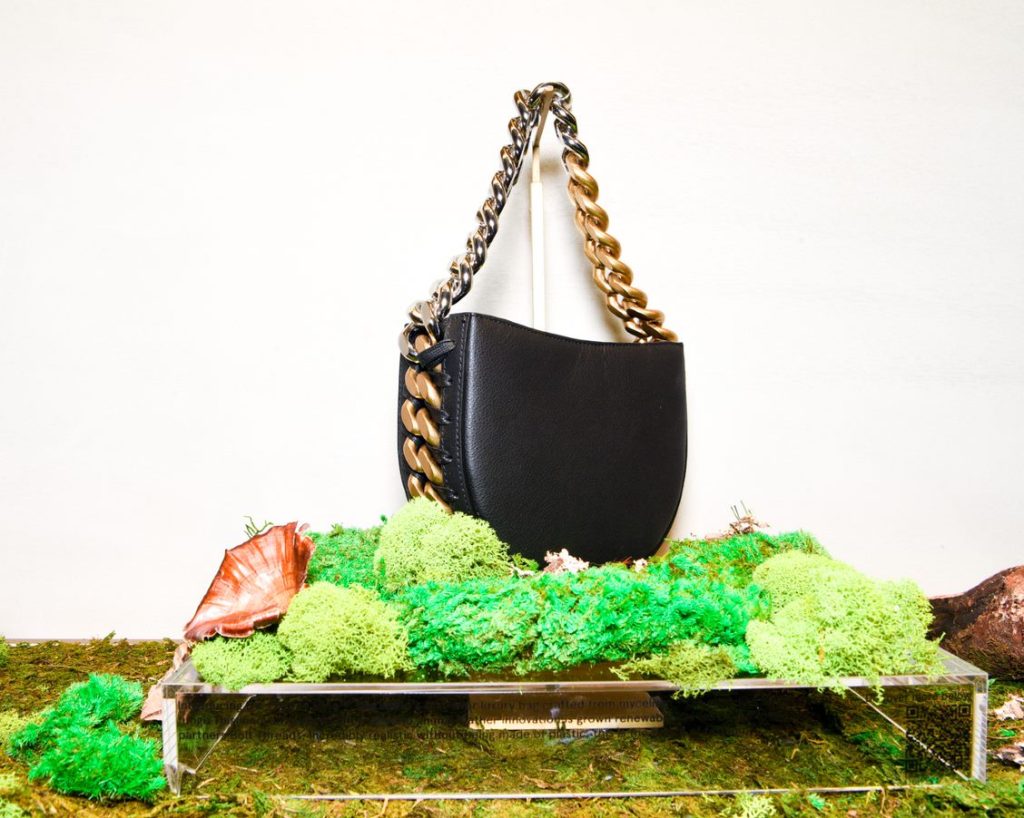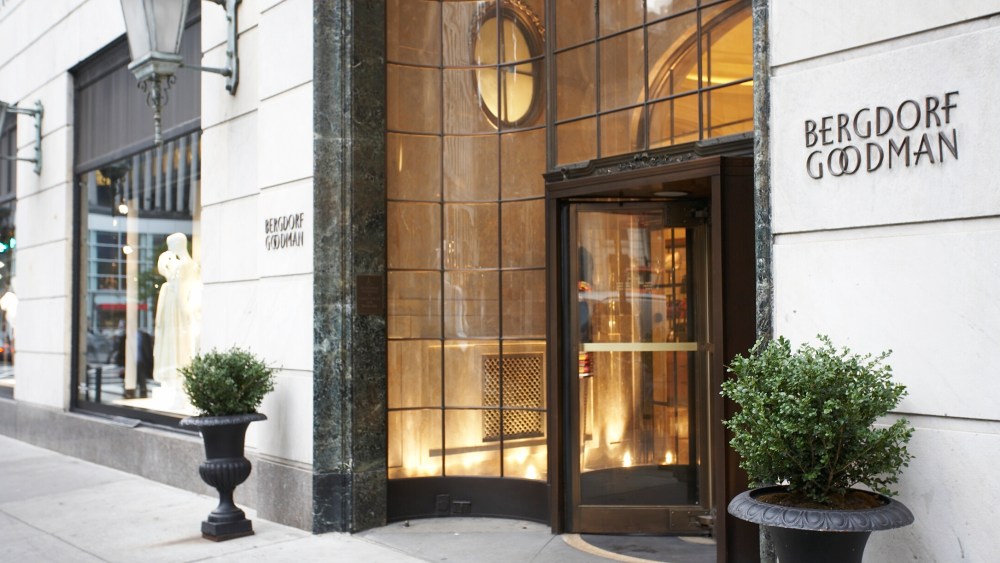MILAN – Fashion’s sustainability journey is multipronged and paved with innovation across materials and processes.
In the former category, the number of bio-based and low-emissions alternatives labeled as game-changers is countless. Yet innovation can only really thrive and leave a substantial mark when it’s at scale.
News midsummer that California-based material innovation company Bolt Threads had halted production of its Mylo mycelium (fungi’s root-like system)-based leather alternative, due to deteriorating macroeconomic conditions and hurdles in getting new funding sent a message about how buzz and business don’t always go hand-in-hand.
Stella McCartney was an early adopter of Mylo. She first started working with Bolt Threads in 2017, when she plied the material into a prototype of the brand’s signature Falabella handbag, which was featured in the Victoria & Albert Museum’s 2018 “Fashioned from Nature” exhibition. But it took her five years to finally take the innovation to retail, debuting last year 100 Frayme Mylo bags. In 2021 McCartney used the trademarked material for two not-for-sale pieces of clothing. Adidas, Lululemon and Kering followed in her footsteps.
The bio-based material is only one of many similar iterations, alternatives to leather, polyester, and even silk.
They include Piñatex, faux leather made of pineapple leaf fibers; Vegea, made of apple orchard and vineyard waste; Desserto, crafted from milled cactus leaves; Gucci’s in-house Demetra viscose and a wood pulp compound; Sylvania, the fungi-derived material manufactured by California-based start-up MycoWorks and endorsed by Hermès, as well as the silky Orange Fiber, the cashmere-like Spiber thread created via fermentation and extrusion processes using microbes and sugar, and Peelsphere’s fabric made of fruit waste and algae through advanced material engineering.
Data firm Vantage Market Research estimates that eco-fibers generated sales of $53.9 billion in 2022, a figure poised to almost double by 2030 with a compound annual growth rate of 7.8 percent.
However, embracing these innovations can be a gamble for apparel and designer brands, required to pour lots of money into them with little evidence on return on investment.
Many are inking partnerships and deals with textile and material innovators to help them forge ahead with research and development. Others, including Kering through its Milan-based Materials Innovation Lab, or MIL, are testing them in-house, providing feedback to help them achieve industrial scale.
Yet the number of established textile makers and start-up companies joining forces are still too few, their collaboration viewed as instrumental in combining the former’s business acumen and portfolio of clients with the latter’s innovative mindset.
Consumer insights consistently point to younger customers’ increased and increasing demand for sustainability, but too little data confirm those clients are willing to pay more for products using alternative materials.
Earlier this year, cotton specialist Albini Group introduced organic cotton obtained from regenerative agriculture, coming with a premium price tag afforded mainly by luxury brands. Its chief executive officer, Stefano Albini, was still hesitant about expanding the farming technique to regular cotton, fearing it would have little business traction.
Additionally, being vegan or avoiding the use of fossil-fueled resources doesn’t necessarily imply being fully sustainable or biodegradable. Bio-based materials often aren’t rid of synthetics entirely, even if in small amounts in the form of solvents, coatings or plasticizers. This leaves a big question mark on how to ease textile recycling, a priority not only for the industry but also for lawmakers.
Similarly, even if turning to agricultural waste as feedstock falls within the perimeter of the circular economy, experts are raising counter arguments that creating new materials isn’t always the best solution.



